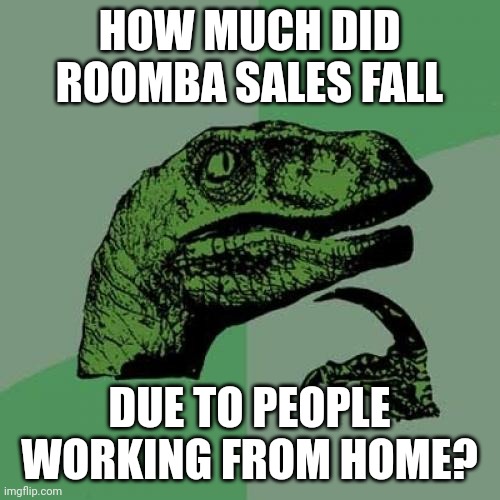That's how you get to cars.
Add more trains.
The trains now need to seat fewer people so make them smaller. Maybe 2-7 people per train.
Most routes aren't needed at any given time, so you might as well only run the train when someone needs it.
Rather than keeping the unused trains in a central depot, keep them at the departure points
We can't staff all these trains, and if the departure points are peoples' homes, then let's have the people themselves drive it
The network of destinations requires a TON of rail switches, and coordinating that is a complicated. Better to use a technology that doesn't require switches, like wheels on pavement.
Boom, cars.
So it really depends on what you're optimizing for.








For space elevators, to the best of my knowledge, there is no known material that can withstand the forces involved. Not even CFNTs.
For wormholes, we're getting so deep into speculation that the conversation doesn't even really matter.